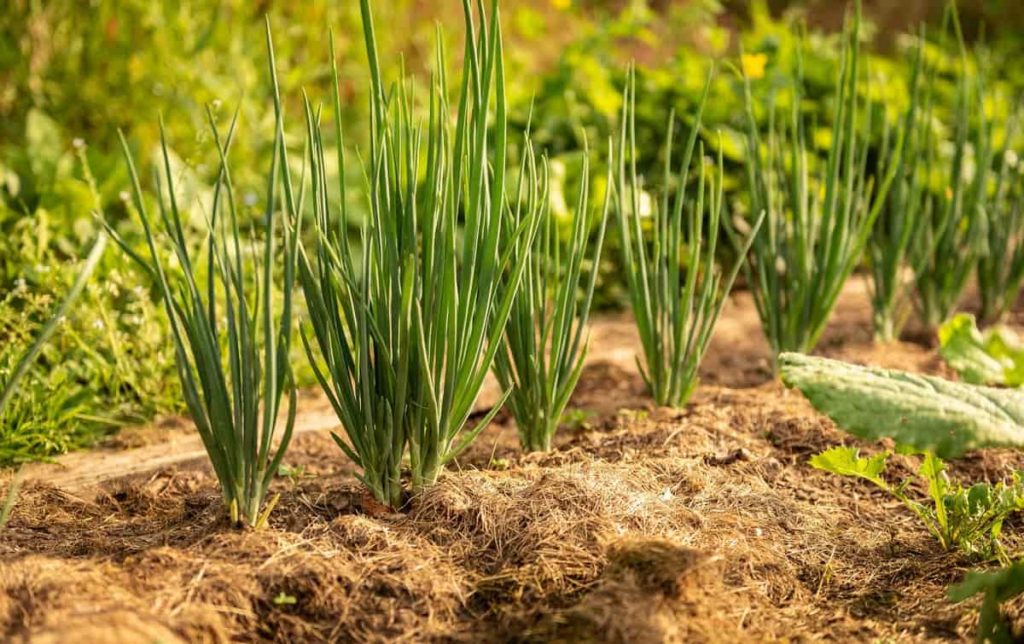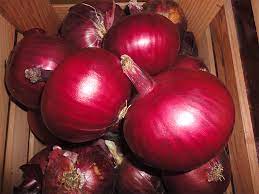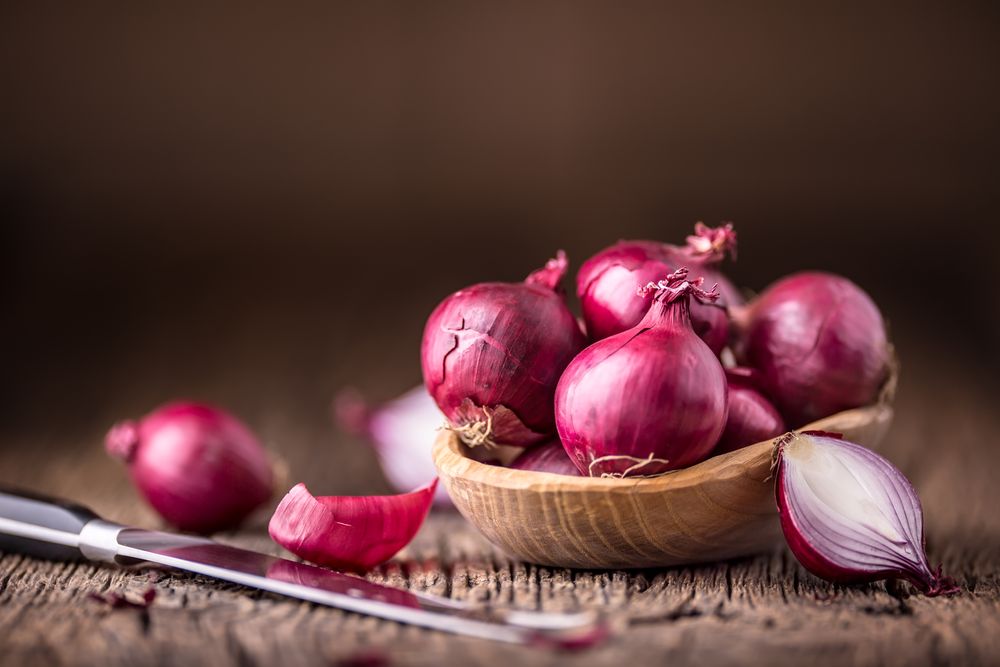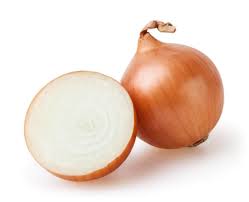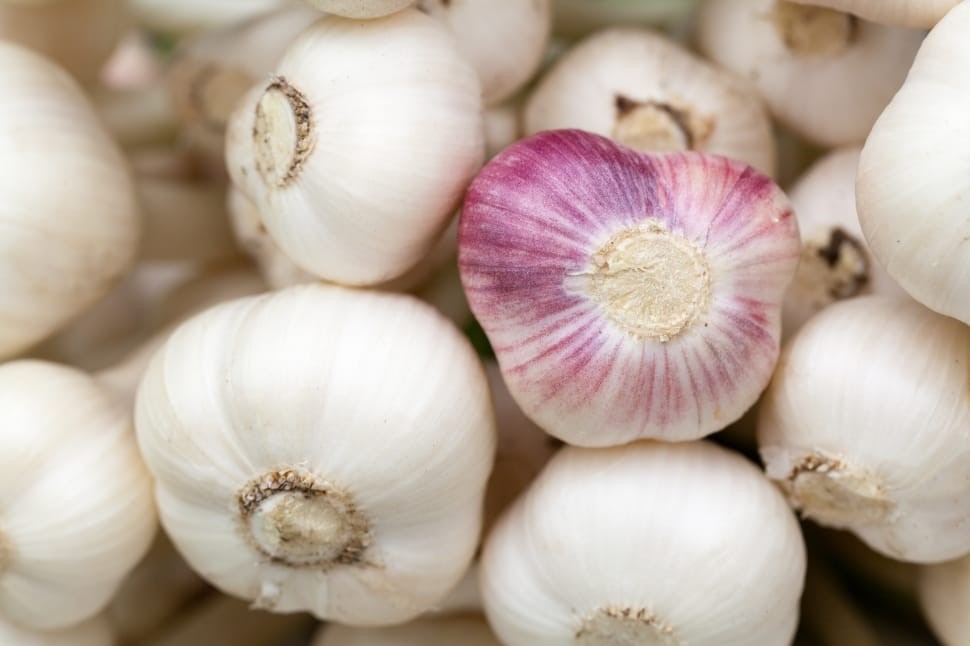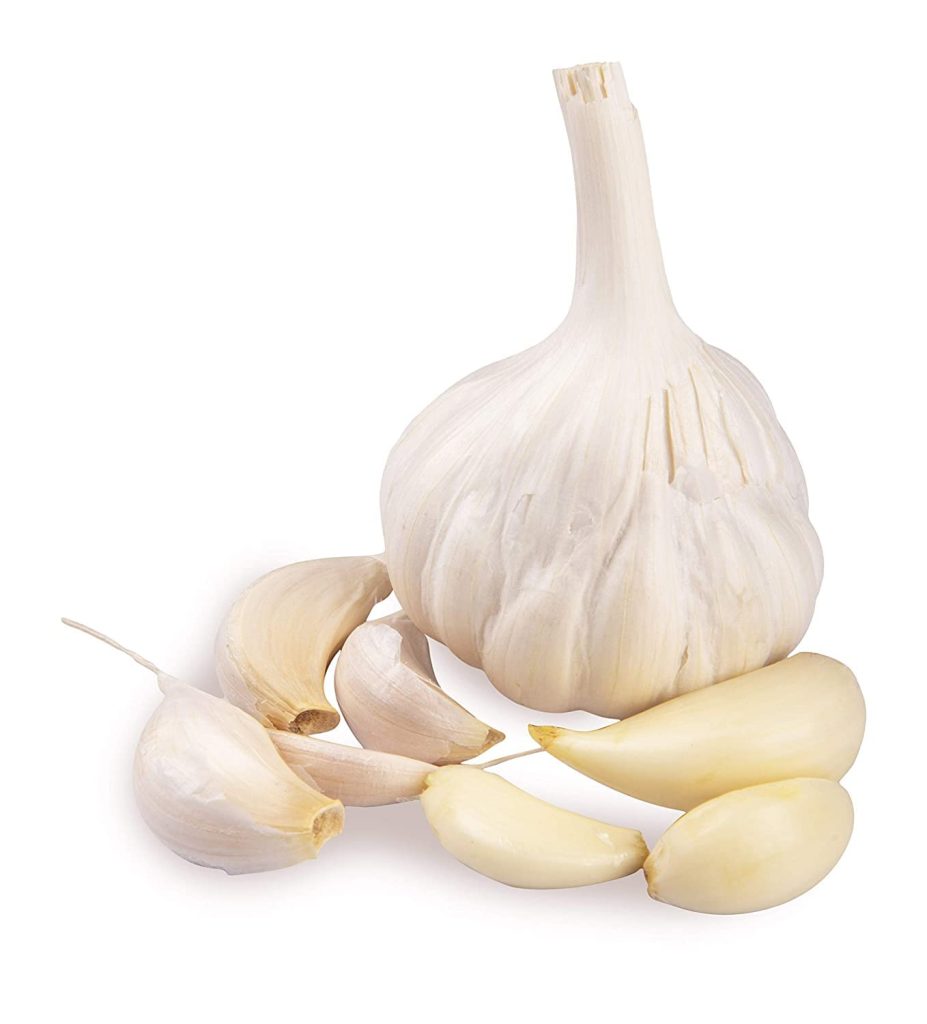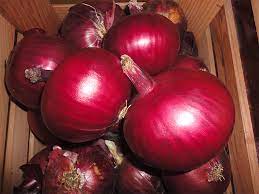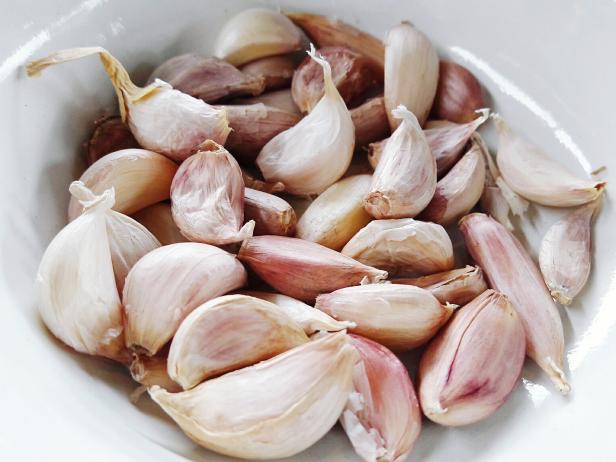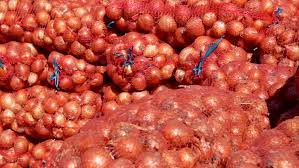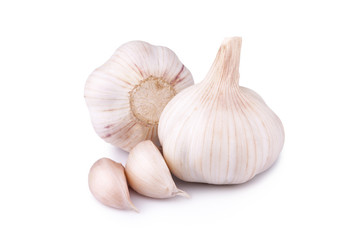Maximizing Onion Farming Yields: A Comprehensive Guide with Onion Doctor’s Expertise”
Are you in need of in-depth knowledge on onion and garlic production? If yes, we are a call away. Contact us for: Onion seedlings, Garlic seedlings, Germinated garlic cloves, Farm planning services, Soil testing, training on onion and garlic growing, Drip irrigation installation and maintenance, Agronomic support, Onion and Garlic value pack and Farm management. For free consultation, placing orders or booking a visit with an agronomist, please contact us via Call or what’s app +254703982228, Email: Info@oniondoctor.co.ke. You can also check out our social media handles for daily updates on TikTok: https://www.tiktok.com/@oniondoctorke?_t=ZM-8wmsTu0qumO&_r=1 Instagram: https://www.instagram.com/oniondoctorke?igsh=MTVoaHF3aWUydTJzaQ==Facebook:https://www.facebook.com/share/16SwgYn2dG/ Youtube:https://youtube.com/@oniondoctorke?si=u5Jnd-r0qU9UDYqL and Twitter: https://x.com/OnionDoctorKe?t=FR3JXlS_oN1vjjUgAtfyzg&s=09 In the dynamic landscape of onion farming, the key to a bountiful harvest lies in understanding the nuanced needs of these heavy feeders with shallow root systems. Essentials of Soil Fertility for Onions: Onions demand meticulous soil fertilization to achieve top-quality yields, particularly in regions where rapid growth precedes bulb formation triggered by decreasing day lengths. Implementing proper soil fertility programs is vital to provide onions with the nutrients they require for robust development. Onion Doctor’s Feeding Program: Onion Doctor takes a proactive approach by offering specialized feeding programs for onions. The expertise extends beyond providing fertilizers; farmers receive training on the precise incorporation of fertilizers, including the when and how, ensuring optimal yields at the end of the season. For more information, farmers are encouraged to reach out to Onion Doctor at a highly competitive cost. Utilizing Organic Matter: The role of organic matter in onion farming cannot be overstated. Onions, being heavy feeders, thrive in soils with high organic content. This section emphasizes the significance of incorporating organic matter into the soil, offering practical advice on preparing the soil well in advance for maximum effectiveness. Maintaining Optimal Soil pH Levels: Soil pH plays a crucial role in nutrient availability to plants. Onions have an ideal pH range of 6.5 to 8.0, and this section guides farmers on the importance of maintaining the right pH levels. A soil testing recommendation is emphasized, providing actionable steps to modify soil pH. Balancing Nitrogen, Potassium, and Phosphorus: Onions have moderate nitrogen requirements, but nitrogen remains crucial due to their weak, shallow root systems. The article delves into the balanced application of nitrogen, potassium, and phosphorus, providing specific fertilizer recommendations to meet these nutrient needs. Onion Doctor’s Comprehensive Support: Onion Doctor stands as a beacon of support for smallholder farmers across Africa. From quality and affordable onion and garlic seedlings to farm planning services, soil testing, drip irrigation installation, and on-farm training, Onion Doctor covers every aspect of onion and garlic farming. This holistic approach aims to empower farmers, optimize yields, and ensure maximum profits.
